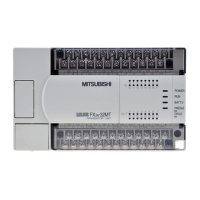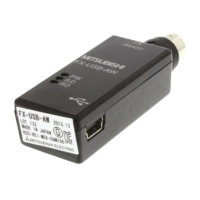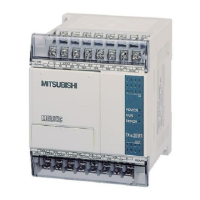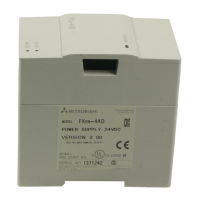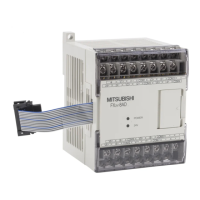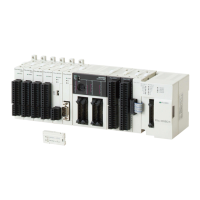2 The Hardware
2.1 General Introduction to PLCs
2.1.1 History & Development
Bedford Associates, founded by Richard Morley introduced the first Programmable Logic Con
-
troller in 1968. This PLC was known as the Modular Digital Controller from which the MODICON
Company derived its name.
Programmable Logic Controllers were developed to provide a replacement for large relay based
control panels. These systems were inflexible requiring major rewiring or replacement when
-
ever the control sequence was to be changed.
The development of the Microprocessor from the mid 1970’s have allowed Programmable Logic
Controllers to take on more complex tasks and larger functions as the speed of the processor
increased. It is now common for PLC’s to provide the heart of the control functions within a sys
-
tem often integrated with SCADA (S
upervisory Control And Data Acquisition), HMI (Human
M
achine Interfaces), Expert Systems and Graphical User Interfaces (GUI). The requirements of
the PLC have expanded to providing control, data processing and management functionality.
2.1.2 The initial specification for the PLC
쎲 Easily programmed and reprogrammed in plant to enable its sequence of operations, to be
altered.
쎲 Easily maintained and repaired – preferably using ‘plug-in’ cards or modules.
쎲 Able to withstand the rigorous Environmental, Mechanical and Electrical conditions, found
in plant environments.
쎲
Smaller than its relay and “discrete solid state” equivalents.
쎲
Cost effective in comparison with “discrete solid state” and relay based systems.
2.1.3 Comparison of PLC and Relay Systems
The Hardware General Introduction to PLCs
Training Manual GX IEC Developer 2 - 1
Characteristic PLC Relay
Price per function Low Low - If equivalent relay program uses more than 10 relays
Physical size Very compact Bulky
Operating speed Fast Slow
Electrical noise
immunity
Good Excellent
Construction Easy to program Wiring - time consuming
Advanced instructions Yes No
Changing the control
sequence
Very simple Very difficult – requires changes to wiring
Maintenance
Excellent
PLC’s rarely fail
Poor - relays require constant maintenance

